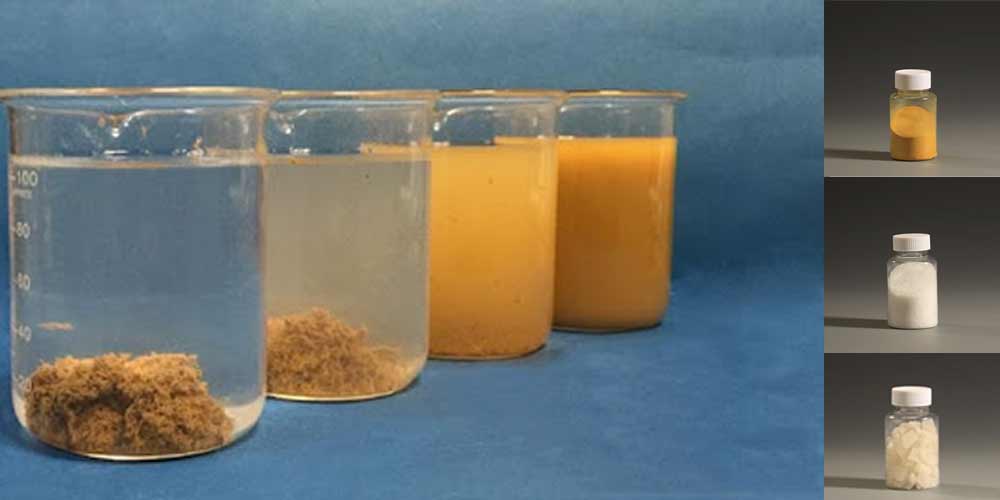Flocculants play a crucial role in water treatment by aiding in the removal of suspended particles and colloids from water. The process involves the formation of larger flocs that can settle or be more easily removed through filtration. Here’s how flocculants work in water treatment:
Flocculants are chemicals added to water to facilitate the aggregation of small, destabilized particles into larger, easily removable masses called flocs.
Common types of flocculants include inorganic coagulants like Polymeric Aluminum Chloride ( PAC )and ferric chloride, as well as organic polymeric flocculants which can be synthetic polymers such as polyacrylamide or natural substances such as chitosan.
Before flocculation, a coagulant may be added to destabilize colloidal particles. Coagulants neutralize the electrical charges on particles, allowing them to come together.
Common coagulants include polymeric aluminum chloride, aluminum sulfate (alum) and ferric chloride.
Flocculation:
Flocculants are added after coagulation to encourage the formation of larger flocs.
These chemicals interact with the destabilized particles, causing them to come together and quickly form larger, visible aggregates.
Floc Formation:
The flocculation process results in the creation of larger and heavier flocs that settle more rapidly due to increased mass.
Floc formation also aids in the entrapment of impurities, including suspended solids, bacteria, and other contaminants.
Settling and Clarification:
Once the flocs have formed, the water is allowed to settle in a sedimentation basin.
During settling, flocs settle to the bottom, leaving clarified water above.
Filtration:
For further purification, the clarified water may be subjected to filtration to remove any remaining fine particles that have not settled.
Disinfection:
After flocculation, settling, and filtration, the water is often treated with disinfectants such as chlorine to eliminate remaining microorganisms and ensure water safety.
In summary, flocculants work by neutralizing charge of suspended particles, promoting the aggregation of small particles, creating larger flocs that settle or can be easily removed, leading to clearer and cleaner water.
Post time: Mar-01-2024

